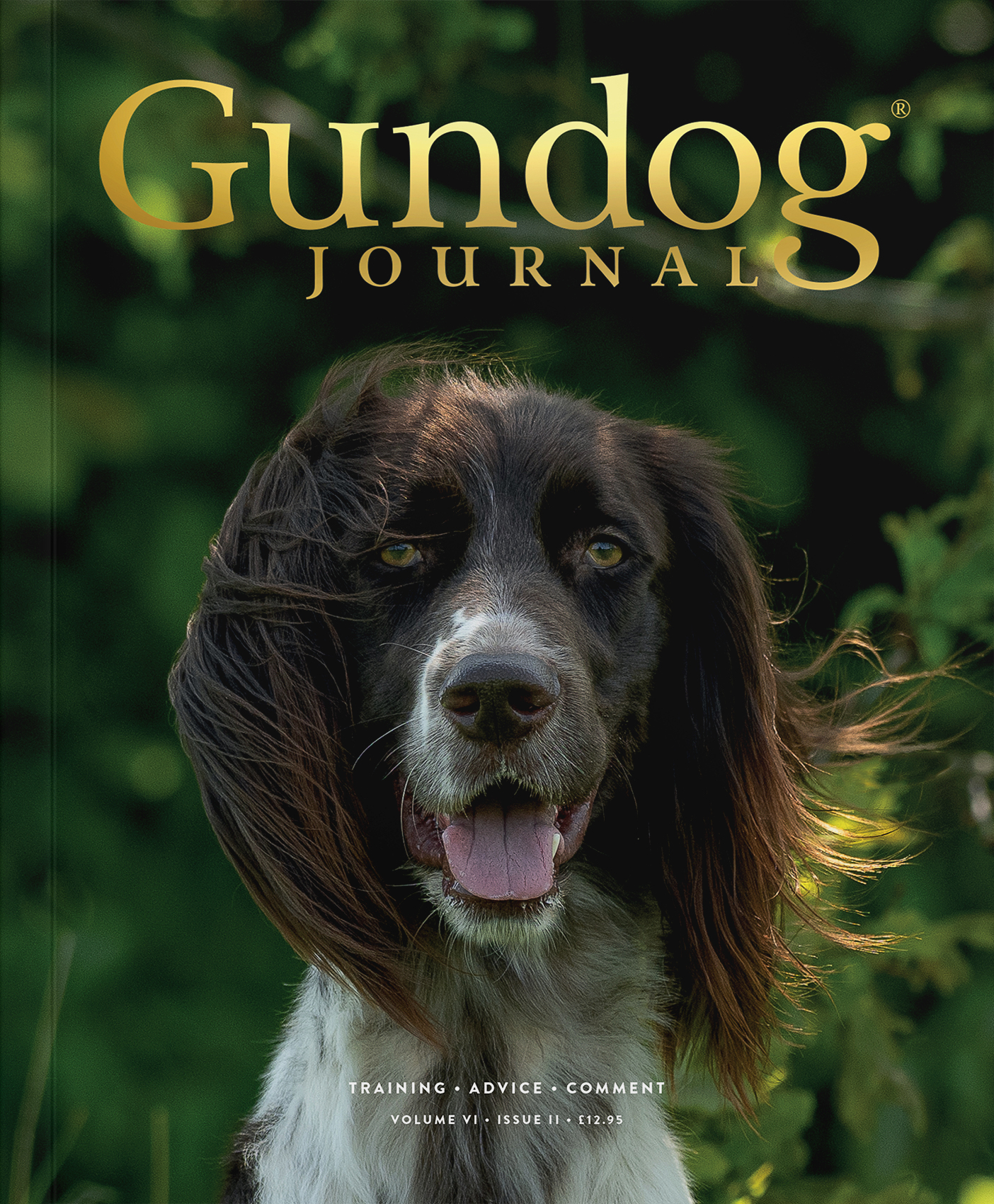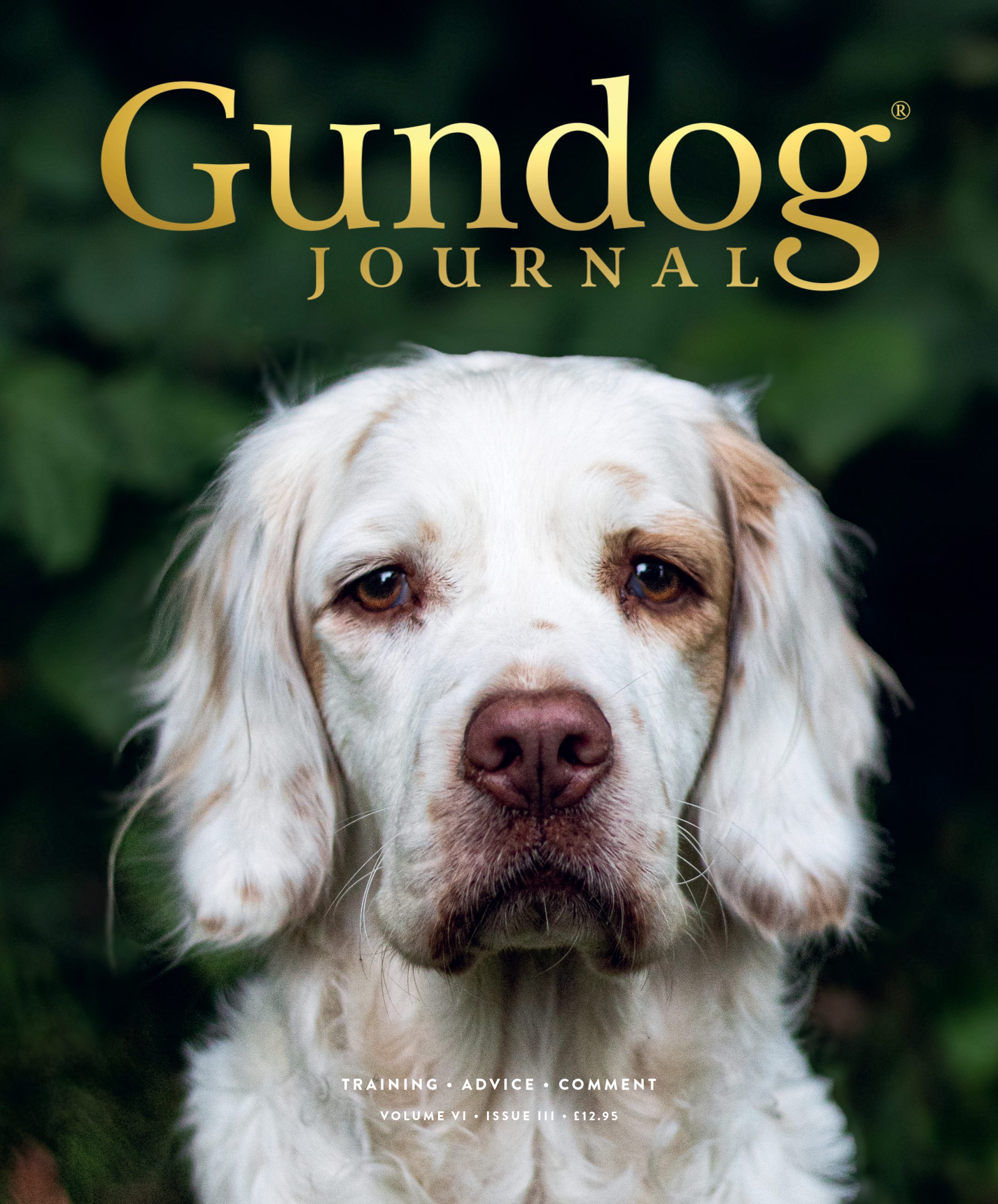How to deal with unwelcome visitors
Fleas, intestinal worms, lungworm and heartworm pose a significant health risk not only to our four-legged companions, but in some cases to our children too.

Fleas
Fleas are wingless, flattened, blood sucking insects, that are approximately 5mm long. The most common type in europe is the cat flea, which can be seen on dogs, cats, rabbits and other wild mammals. Once an adult flea has emerged, it actively starts seeking a host for a blood meal. Within 48 hours, reproduction and egg production rapidly begins, with the female capable of laying an average of 20, but potentially up to 40-50 eggs per day. The eggs roll off the dog’s coat and are deposited into the environment, whether that’s the garden, dog kennel, furniture, carpet or wood floors, like using a salt and pepper shaker.
The eggs can also be spread around the house on the bottom of our shoes and socks. After a few days, the eggs hatch into larvae, which feed on dander and flea faeces in the environment. The larval stages tend to move away from light to the base of carpets or under furniture, making it difficult for hoovering. Once fully grown, the larvae spin a cocoon and pupate, then the adults emerge from the pupal case if the conditions are correct.
From Egg To Adult
Development from an egg to adult under ideal environmental conditions can be as fast as 14 days, or may extend to 140 days if they lie dormant in colder periods. It is a misconception that fleas are only a summer problem. With the introduction of central heating and carpets, our homes provide the perfect warm and humid breeding ground for these irritating insects, all year round. However, we may see a spike in numbers from spring through to autumn, due to the ability of the eggs to hatch in warmer conditions outdoors as well as in the home.
Because of this, when it comes to flea infestations, only five per cent of the problem is on the host animal, 95 per cent of the problem is in the environment in the form of the immature stages; the eggs, larvae and pupae.
Symptoms Of A Flea Infestation
Flea infestations in animals that are allergic or develop an immune reaction to the flea saliva (Flea Allergic Dermatitis/FAD) cause intense pruritus (itching), alopecia, broken hairs from self trauma and inflamed scabby skin. This is frequently accompanied by moist dermatitis along the lower back and tail region. Dogs that are not allergic to fleas, may have few or no clinical signs, and may only scratch occasionally due to the irritation caused by fleas or their bites. Infestations may not come to light or become an apparent nuisance to the dog owner until the owners themselves start getting bitten.
Young pups, old or debilitated animals heavily infested with a large number of fleas can develop blood loss anaemia. Furthermore, infection with the tapeworm, Dipylidium caninum, can be a strong indication of a current or recent flea infestation due to the overlapping lifecycle of the two parasites.
Just because you can’t see fleas on your dog, it doesn’t mean they haven’t got them or had them. Low numbers of fleas may remain undetected in long or thick coated dogs, or some dogs and cats, may be such avid groomers that they may groom most off and ingest them. Combing the animal, with a fine comb, is the most sensitive method to detect flea infestation. Flea dirt is small, black and comma shaped. When combed on to wet tissue paper, they will turn a rust red colour due to the presence of undigested blood in the faeces.
Treating A Flea Infestation
Prevention is always better than cure. Using an appropriate flea product, which not only kills adult fleas but contains an insect growth regulator, to prevent juvenile stages developing in the environment, is recommended all year round.
Treatment Tips
- Use an environmental spray to stop the eggs hatching. Avoid pet shop products as they are not particularly efficacious. It’s worth buying a veterinary licensed product which you only have to use annually, rather than wasting money on multiple “flea bombs”. Don’t forget the back of the car and kennels need treating too.
- Treat all in-contact animals in the household, even the outdoor cat that only pops in the house for food.
- Boil wash all bedding at more than 60 degrees.
- Hoover daily as the vibrations help to bring the larvae up to the top of the carpet pile.
- Increase the heating and humidity in the house.
- Regularly comb your dog, they can be bathed too but avoid 48 hours either side of applying a spot-on product.
Worms
There are a wide range of worms that can infect dogs in Europe. They can be categorised into the following major groups:
Intestinal Worms
- Ascarids (Toxocara spp.)
- Tapeworm (Echinococcus spp.)
- Hookworms (Ancylostoma and Uncinaria spp.)
- Whipworm (Trichuris vulpis)
Non-Intestinal Worms
- Heartworm (Dirofilaria immitis)
- Lungworm (Angiostrongylus vasorum)
- Subcutaneous worms (Dirofilaria repens)
- Eye worms (Thelazia callipaeda)
Products used to treat or prevent them are called anthelmintics. It is important to note that anthelmintics only treat a current infestation and have no long lasting effect, therefore the frequency of worming treatment required per year depends on the dog’s lifestyle, for example, whether it hunts and eats prey, or ingests carrion.
Where a specific worm infection is diagnosed, the infection should be appropriately treated and then preventative measures put in place. For healthy dogs, the prevention of worm infection is essential.
Warning Signs From Your Dog
- Scooting their anus on the floor
- Visible worms or eggs in the faeces, or around the dog’s anus
- Visible worms in vomit
- Bloated abdomen
- Weakness, increased appetite, constant hunger and weight loss
- Diarrhoea, often with blood
Roundworms
Infection can occur in puppies but also in older dogs. In adult dogs, infections are unlikely to be associated with clinical signs. Puppies can be heavily infected by T. canis worms in utero or via nursing and these may cause serious illness before diagnosis is possible by faecal examination.
Adult worms inhabit the small intestine where they lay eggs that are then passed in the faeces. The eggs can become infective after several weeks and can survive in the environment for years. Dogs become infected when they ingest infective eggs from the environment, undercooked meat or prey. In puppies, infection occurs by larvae crossing the placenta from about the 42nd day of pregnancy and later through the milk.
Infection of humans can also occur as a result of accidentally ingesting eggs or eating undercooked meat containing larvae. The larvae can migrate through human tissue and become blocked in the eye, nervous system and brain, causing serious health problems including blindness, especially in children. Children are particularly at risk of ingesting around gardens, public parks and sandpits.
It is recommended that dogs are treated four times a year against roundworms, except for puppies, pregnant and lactating bitches, which have their own recommendations.
Tapeworms
These inhabit the small intestine of dogs, and are also a public health risk, causing the formation of cysts in the liver or lungs in people, which can be fatal. Dogs that have access to raw offal and meat, should be treated prophylactically every six weeks with an anthelmintic such as praziquantel.
Dipylidium caninum is a tapeworm of dogs, common throughout Europe. It is also zoonotic, although this is rare. Infection with D. caninum is rarely associated with clinical signs in dogs. The mature segments leaving the anus may result in anal irritation (pruritus) causing a dog to rub its bottom along the ground. The white proglottids (segments) may be seen in fresh faeces or in the coat around the bottom. When dry, these are shaped like pumpkin seeds.
Lungworm
Once rare in the UK, lungworm has now been reported across the country, with hot spots in the south of England and Wales. Climate change and an increase in pet travel are thought to be implicated in the rise in cases. Foxes also play a role in the spread. It is a nasty parasite which can be fatal if not treated in time.
Lungworm larvae are carried by infected slugs and snails, and dogs become infected after ingesting them, eating grass or drinking from outdoor water bowls that may have been coated in snail trails. Although lungworm cannot be passed from dog to dog, infected dogs will shed larvae in their stools, exposing slugs and snails, therefore in turn, endangering more dogs.
Despite its name, the parasite resides in the heart and blood vessels of an infected animal where it lays eggs that get carried to the lungs. Symptoms therefore include breathing difficulties, coughing, blood clotting problems such as nosebleeds, blood in urine or faeces, unexplained weight loss, lethargy and general malaise, sometimes including vomiting and diarrhoea.
Diagnosis depends on the detection of lungworm larvae in your dog’s faecal sample or a blood detection test, alongside chest x-rays and possibly bronchoscopy.
Preventative lungworm tablets and spot-ons must be given monthly, and are veterinary licensed only. Worming every three months as for intestinal worms, will not be effective and preventing lungworm.
Essential Hygiene Measures To Avoid Worms
- Pick up dog faeces immediately from gardens and when out walking, and wash hands afterwards. Never add dog waste to compost as it is often intended for edible crops.
- Good hand hygiene is imperative, especially with children or if preparing food.
- Be careful if preparing and feeding unprocessed raw meat diets. Feeding commercial diets or cooked food (internal temperature of at least 65°C for 10 minutes) or deep frozen (at least for one week at -17 to -20°C) will prevent raw meat-transmitted parasite infections.
- Dogs should not be allowed access to rodents, carcasses, placenta or aborted foetuses from cattle or sheep.
- Review parasite controls in your dogs as part of your pet’s annual health check as advice and products do change regularly.
It is important to consider all of the potential ecto- (external) and endo- (internal) parasites that your dog may be prone to, depending on their lifestyle. Prevention is key, not only for your dog, but also to protect you, your family and other people in the environment.
Related Articles
Get the latest news delivered direct to your door
Subscribe to Gundog Journal
Unlock the full potential of your working dog with a subscription to Gundog Journal, the UK’s only dedicated magazine for gundog enthusiasts. Published bi-monthly, this authoritative resource delivers expert training advice, in-depth interviews with top trainers and veterinary guidance to help you nurture a stronger bond with your dog.
With stunning photography and thought-provoking content, Gundog Journal is your essential guide to understanding, training and celebrating your working dog.
Save 10% on shop price when you subscribe, with a choice of packages that work for you. Choose from Print & Digital or Digital only with each journal delivered directly to your door or via the app every other month, plus access to past issues with the digital back issue library.







